Big cats are some of the most fascinating and majestic creatures in the animal kingdom. Despite facing numerous threats, several species of these powerful predators can still be found roaming wild in their natural habitats. Here are five remarkable big cats that continue to captivate the world.
1. The Largest of the Big Cats
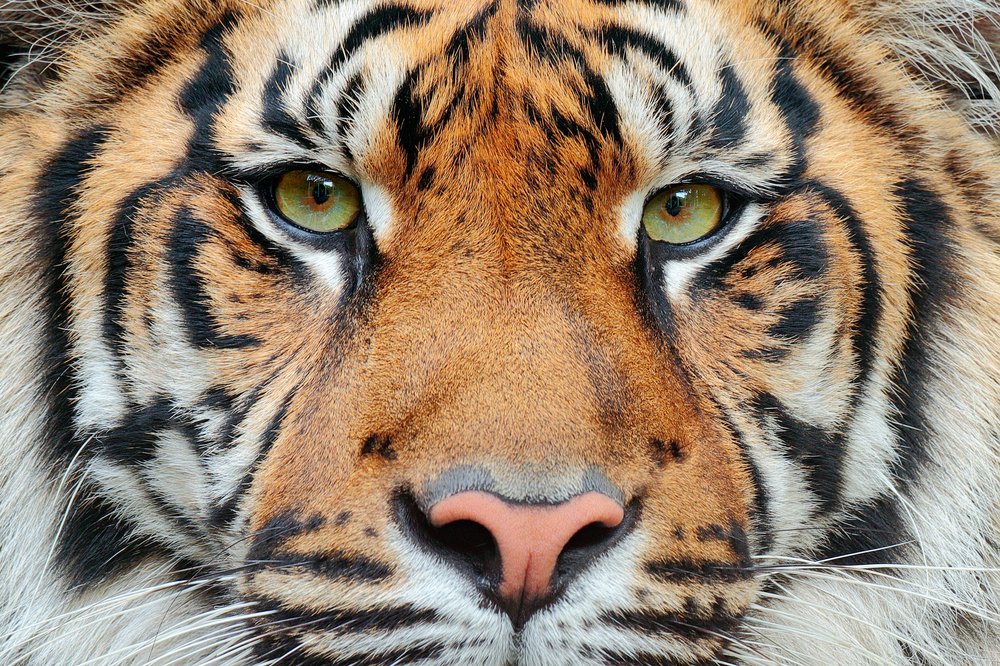
Tigers, known for their striking orange coats and black stripes, are the largest of all big cats. Found in parts of Asia, including India, Russia, and Southeast Asia, they inhabit dense forests and grasslands. Despite their beauty and strength, tigers are endangered due to habitat loss and poaching, with fewer than 4,000 left in the wild today.
2. The King of the Savanna
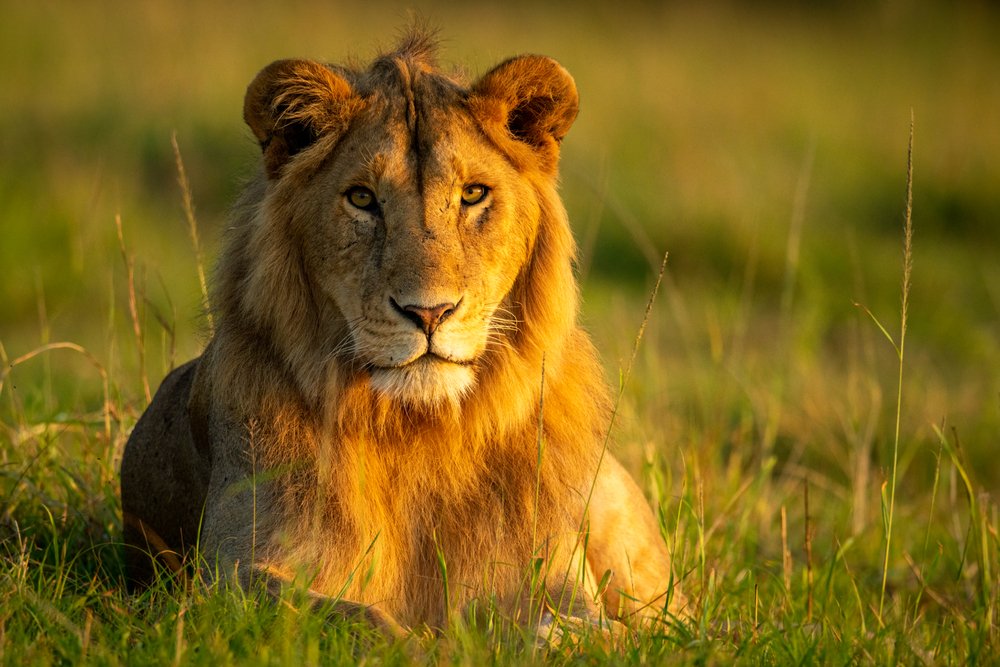
Often referred to as the “king of the jungle,” lions are iconic symbols of strength and courage. Found primarily in sub-Saharan Africa and a small population in India’s Gir Forest, lions thrive in grasslands and savannas. Known for their social structure, these big cats live in prides, but habitat loss and human-wildlife conflict have drastically reduced their numbers.
3. The Elusive Stalker
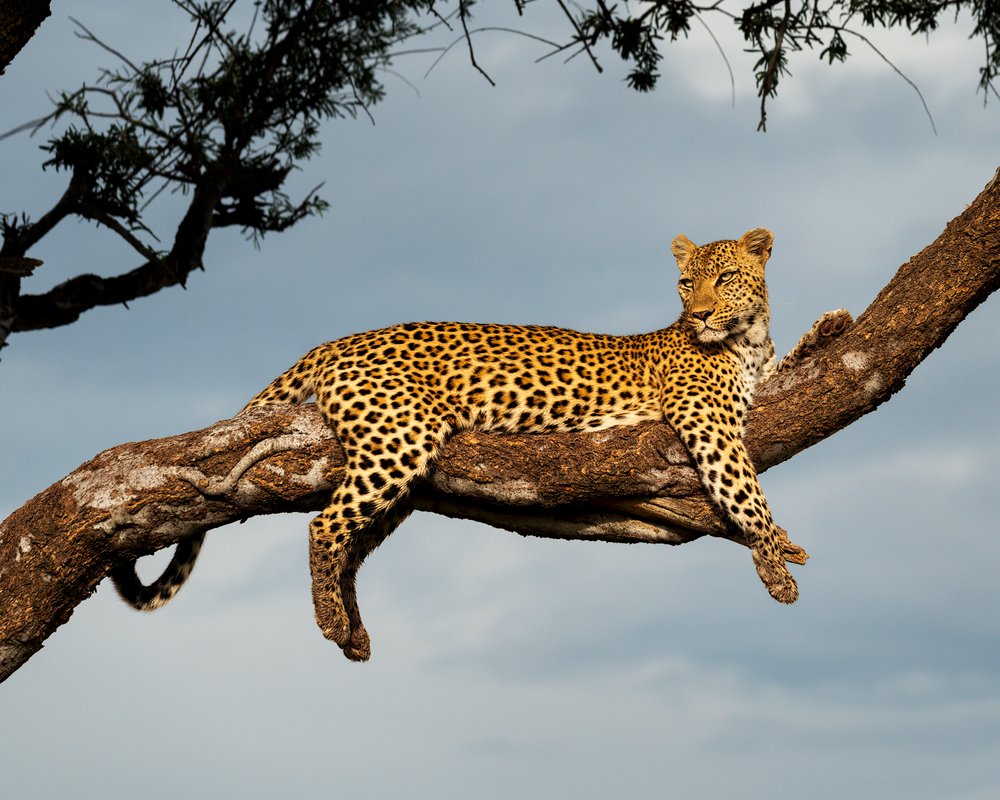
Leopards are solitary and stealthy hunters, known for their spotted coats and remarkable adaptability. Found across Africa and Asia, these cats thrive in diverse habitats, from dense forests to mountainous terrains. Their ability to adapt has helped them survive in various regions, but poaching and habitat encroachment still threaten their populations.
4. The Apex Predator of the Americas
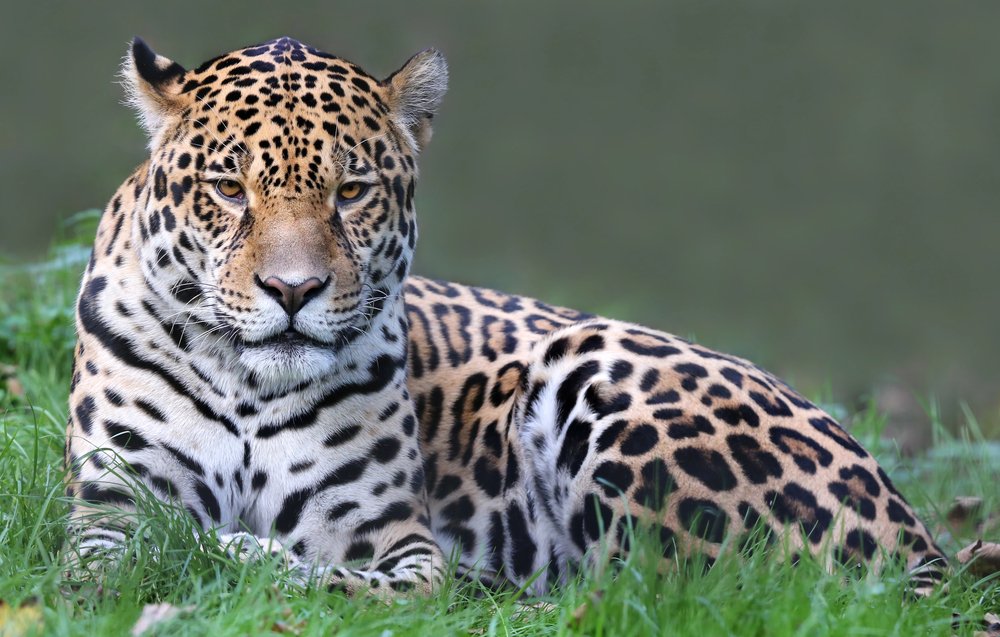
Jaguars are the largest cats in the Americas, found in rainforests, wetlands, and savannas from Mexico to South America. With their powerful jaws and distinctive rosette-patterned coats, jaguars are exceptional hunters, often taking prey in and around water. Conservation efforts are underway to protect their dwindling populations, which are under threat from deforestation and illegal hunting.
5. The Fastest Land Animal
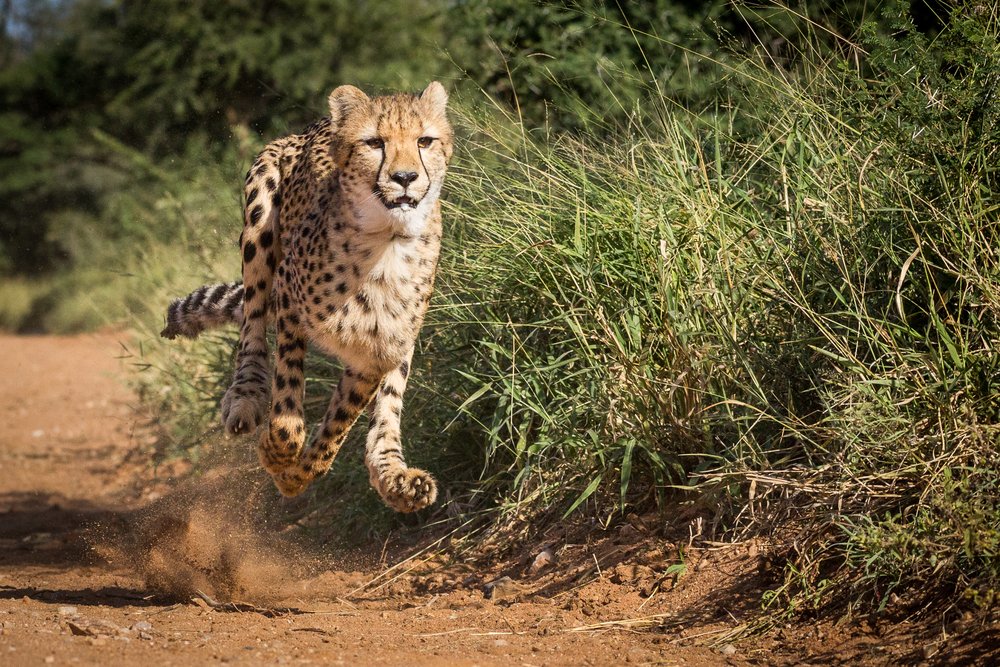
Cheetahs, renowned for their speed, are built for high-velocity chases, reaching speeds of up to 70 mph. Found primarily in Africa, with a small population in Iran, these sleek cats prefer open savannas and grasslands. While not as robust as other big cats, their agility and grace make them unique, though habitat loss and declining prey threaten their survival.
The Need to Protect Big Cats

Each of these big cats plays a vital role in maintaining the balance of their ecosystems. However, they all face significant challenges, including habitat destruction, human-wildlife conflict, and poaching. Conservation efforts are crucial to ensure that these magnificent animals continue to roam wild for generations to come.
Guardians of the Wild
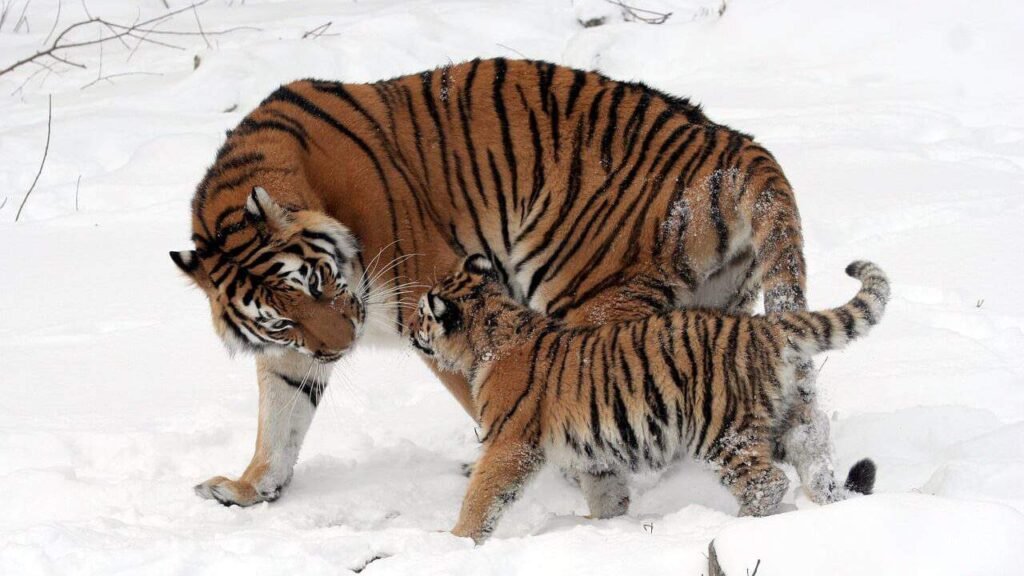
Big cats are not just apex predators; they are symbols of the wild’s beauty and resilience. By protecting their habitats and supporting conservation efforts, we can help secure a future where these majestic creatures continue to thrive in the wild. Their survival is not just essential for ecosystems—it’s a legacy worth preserving.

Growing up traveling and experiencing new cultures and wonders, I have had a passion for nature, adventuring, photography, and videography. I am currently working towards a BSc in Biodiversity and Ecology at Stellenbosch University, and I hope to specialise in Marine Sciences one day.
Please send any feedback to Feedback@animalsaroundtheglobe.com






